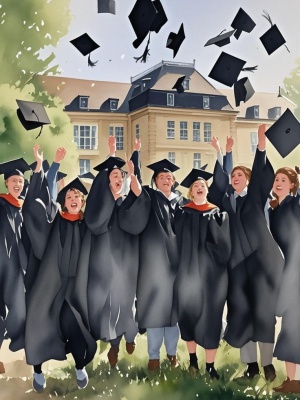The Enchanting World of Japanese Watercolor Artists
Japanese watercolor artists have long captivated audiences with their delicate brushwork, ethereal compositions, and profound connection to nature. From traditional masters to contemporary innovators, these artists blend Eastern aesthetics with Western techniques, creating a unique visual language. This article explores the rich tradition of Japanese watercolor painting, highlighting key artists, styles, and the challenges they face in today's digital age.
The Legacy of Traditional Japanese Watercolor
The roots of Japanese watercolor painting trace back to ancient ink wash techniques, evolving through centuries of artistic refinement. Traditional Japanese watercolor artists often drew inspiration from seasonal changes, capturing fleeting moments with poetic sensitivity.
Notable Historical Figures
- Ogata Kōrin (1658-1716) - Master of Rinpa school who influenced watercolor techniques
- Maruyama Ōkyo (1733-1795) - Pioneer of realistic natural observation in watercolors
- Watanabe Seitei (1851-1918) - Bridged traditional and modern watercolor approaches
Contemporary Japanese Watercolor Masters
Modern Japanese watercolor artists continue to push boundaries while maintaining cultural authenticity. Their works often appear in international exhibitions and prestigious gallery collections worldwide.
Rising Stars in the Watercolor Scene
- Keiko Tanabe - Known for luminous urban landscapes
- Eiko Kishi - Creates dreamlike botanical illustrations
- Hiroshi Yoshida - Blends watercolor with printmaking techniques
Challenges and Innovations
Japanese watercolor artists today navigate a complex landscape of preserving tradition while embracing innovation. Many have begun incorporating digital tools alongside traditional brushes and washi paper.
Problem-Solution Matrix
| Challenge | Contemporary Solution |
|---|---|
| Declining interest in traditional arts | Interactive workshops and online tutorials |
| Material costs and availability | Alternative synthetic papers and pigments |
| Market competition | Digital reproductions and NFT adaptations |
Learning from Japanese Watercolor Techniques
Aspiring artists can benefit from studying Japanese approaches to watercolor. The emphasis on negative space, controlled washes, and seasonal symbolism offers valuable lessons for any painter. For those interested in digital adaptations, our AI painting guide explores how technology can complement traditional methods.
Key Technical Characteristics
- Subtle gradations (bokashi technique)
- Precision brush control (fude no saji)
- Harmonious color palettes inspired by nature
Conclusion: The Future of Japanese Watercolor
Japanese watercolor artists continue to enchant global audiences with their unique fusion of tradition and innovation. As they adapt to new technologies and global influences, the essence of their art - the celebration of transient beauty - remains unchanged. For more artistic inspiration, explore our collection of landscape scenes that echo the Japanese watercolor aesthetic.
To further explore this subject, consider visiting authoritative resources like the National Museum of Modern Art, Tokyo or the Kyoto Prefectural Government's cultural pages.
